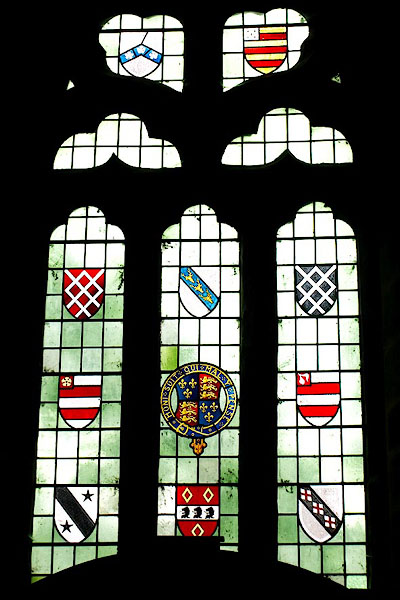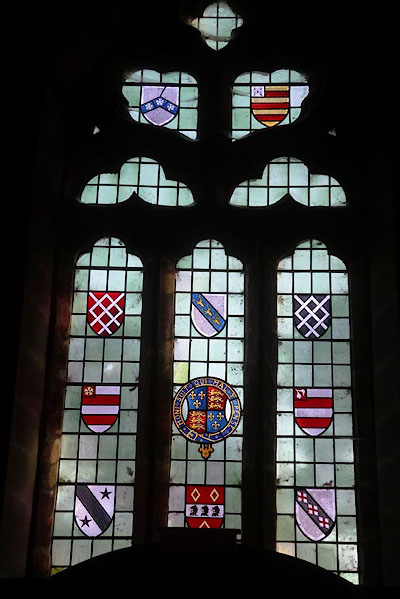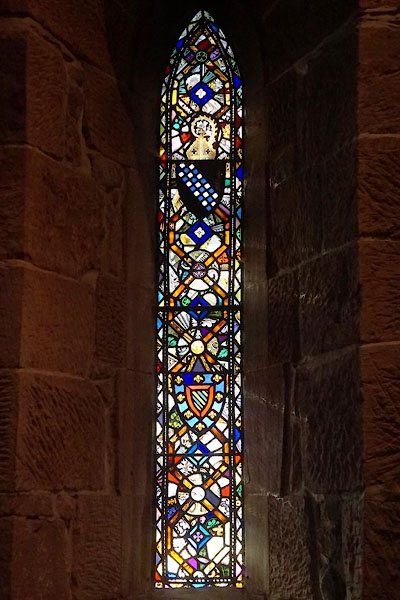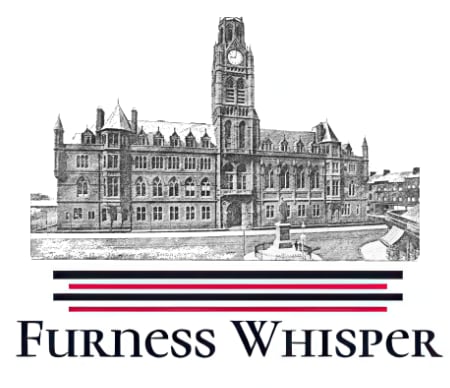



Nestled in the scenic heart of Cumbria, St Mary and St Michael’s Church is more than just a place of worship; it is a living testament to the rich history of the region. The very air inside the church seems to hum with the whispers of centuries past. Its walls, windows, and foundations hold stories that go beyond mere words, inviting visitors to pause and take in the sensory experience of centuries of faith and artistry. The church’s history, which dates back to the Viking era, is etched not only in its structure but also in the light that filters through its stained glass and the faint echoes that linger in its stone walls.
A Historical Foundation: From the Vikings to the Monastic Era
The origins of St Mary and St Michael’s Church are believed to stretch back to the Viking period, a time when Norsemen influenced much of northern England, including the Cumbria region. As you step inside the church, you might imagine the scents of burning torches mingling with the crisp air of early Christian worship. It’s easy to picture how the sound of a Viking longship’s oars cutting through the water could have echoed in the distance, while inside the church, early Christians might have prayed with the faint smell of incense in the air, the flickering light casting shadows on the stone walls.
The church’s location ties it to the region’s Viking history, where the transition to Christianity was taking root. The place may have initially had a simpler wooden structure before evolving into the stone building seen today, and as you stand in its pews, you can almost feel the weight of that evolution—a transition from Viking power to medieval faith.
By the 12th century, when monasticism was thriving, St Mary and St Michael’s had become part of the ecclesiastical network in Cumbria, closely tied to Furness Abbey. As you trace your fingers along the stone arches or touch the cold, weathered stone of the church, you’re touching the same surfaces that have witnessed centuries of prayer and reflection.
The dissolution of the monasteries under Henry VIII in the 16th century marked a dark chapter for many monastic sites. But in the case of St Mary and St Michael’s, the church preserved a tangible link to its past in the form of its stained glass windows, many of which are believed to have been salvaged from the dismantled Furness Abbey. While it is not certain that all the stained glass pieces are from the Abbey, it is possible that some fragments were incorporated into the church’s windows, offering a glimpse into the artistic and cultural legacy of the monastic site.
A Glimpse Through Glass: The Stained Glass Windows of St Mary and St Michael’s Church
One of the most striking features of St Mary and St Michael’s Church is its stained glass windows, each one an intricate piece of history. As sunlight streams through the coloured glass, casting a soft, golden glow on the stone floors, you’re immediately enveloped by the stunning craftsmanship of a bygone era. The hues of ruby, green, ochre, and blue seem almost alive as they shift with the changing light, bathing the space in a warm, ethereal light. The patterns, painstakingly created centuries ago, still tell the story of local families, their legacies frozen in time for those who look carefully enough.
Windows That Tell Stories
The South Chancel Window and South-East Chancel Window are particularly remarkable. The intricate designs and shields reflect the heraldic symbols of medieval families, their shields hanging like silent witnesses to the passing of time. As you stand before them, you can almost hear the rustling of ancient banners as the Flemings, Penningtons, and Curwens—names carried by these very shields—would have entered the church, their footsteps echoing in the stone hall.
South Chancel Window:
Fleming Shield: This early 14th-century shield, crafted from ruby, green, and white glass, shows the passage of time in its wear, its glass now pitted and corroded by centuries of age. You can almost hear the soft murmur of prayers from the past, blending with the warm sunlight that filters through the window. The glass, worn with time, tells the story of a family’s devotion and endurance.
Pennington Shield: The rich ochre and ruby glass of this shield catches the light in a striking display of colour. Though centuries have passed, the Pennington family’s presence in the church remains vivid, a testament to their longstanding connection to this sacred place.
South-East Chancel Window:
Curwen Shield: Composed of white, green, and ruby glass, this shield has suffered the effects of time, the once-vibrant glass now showing signs of corrosion. As the light shifts, the colours reflect a poignant history of restoration, bringing a sense of continuity to the past.
Copeland Shield: A more modern addition, crafted in the early 20th century, this shield’s red, blue, and white glass stands out against the older, more weathered pieces. Its crisp colours shine brightly, a reminder of the ongoing effort to preserve the church’s artistic heritage.
Broughton Shield: This early 14th-century shield, crafted from white and ruby glass, holds the weight of history within its intricate designs. Despite the significant wear it has sustained, the Broughton Shield still proudly tells its story to anyone who stops to listen—its glass still shimmering softly in the light.
As you stand before these windows, you may notice the air feels slightly cooler, especially near the glass, as the colours shift with the sunlight, filling the space with an almost mystical energy. The deep, rich hues give way to subtle shades that evoke a sense of reverence and history.
Other Panels and Fragments: Artistic Remnants of the Past
In addition to the shields, St Mary and St Michael’s Church also houses several smaller, equally captivating stained glass panels and fragments, each with its own story to tell:
Floral Panel: The delicate green and ruby glass, with its soft and intricate floral motifs, still retains some of its original paint. It feels almost like a whisper from the past, inviting you to take a moment to pause and admire the artistry of a time long gone.
Rinceaux Fragments: These delicate fragments, depicting twisting floral patterns, evoke the sense of being surrounded by nature in its most beautiful form, their glass reflecting the soft glow of the afternoon light.
Frontal Bearded Head: A fragment of a bearded face, restored over the years, still carries the solemnity and power of the medieval period. As you look into the face, you feel a connection to the history it represents, and the stone floor beneath you feels almost as if it is holding you in place, grounding you in time.
A Tapestry Woven Through Time.
As you explore the church, it’s impossible not to feel connected to the long line of history that flows through its walls. The stained glass windows do more than just provide colour; they serve as a window to the past, a sensory connection to the lives of those who came before. The rich history of Furness Abbey and St Mary and St Michael’s Church is preserved in these artistic treasures, as well as in the very stones and air that surround you. The scents of old wood and stone, the gentle rustle of the wind through the trees outside, and the soft hum of the building itself invite reflection. They urge visitors to pause, to listen, and to feel the pulse of history still alive within these sacred walls.
Whether you are gazing at the intricate stained glass or running your hand along the cool stone, St Mary and St Michael’s Church offers an experience that engages all of the senses. It is a place that welcomes you not only to witness the past but to feel it, touch it, and breathe it in, inviting you to become part of the timeless tapestry of faith, art, and history.
#StMaryAndStMichaels #CumbriaChurches #stainedglass #HistoricalChurch #FurnessAbbey #vikings #ArtisticHeritage #CumbriaHistory #ChurchArchitecture #StainedGlassArt #Cumbria #Heritage #ReligiousArt #BritishHistory #HistoricLandmarks #MedievalArt #CumbriaLandmarks
